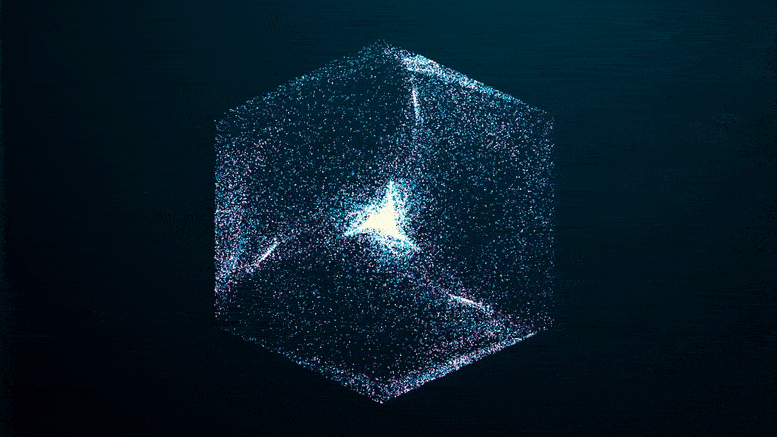Scientists find life’s origin molecule in space for the first time

Scientists have discovered a molecule common to Earth and commonly associated with life in the depths of space.
Carbonic acid (HOCOOH), which you may know as the chemical that makes your soda fizzy, has been detected lurking near the center of our galaxy in a galactic central molecular cloud called G+0.693-0.027, in a study published in Astrophysical Journal open.
This is the third time that carboxylic acids – this class of chemicals, which are often thought to be some of the essential elements for life – have been discovered in space, after acetic and formic acid, and the first time that an interstellar molecule has been found. contain three or more oxygen atoms.

NASA, European Space Agency, Canadian Space Agency, and STScI
“Our observations have allowed us to learn that carbonic acid, which has hitherto been invisible to our eyes, is relatively abundant in space, making it a key piece for understanding the interstellar chemistry of carbon and oxygen, two of the basic chemical elements.” Said Victor M. Revilla, researcher at the Spanish Center for Astrobiology and co-author of the study, told German radio: Deutsche Welle.
He concluded: “This result confirms that the path we have chosen is the correct path to search for, and to reveal more molecules that we suspect are key to the emergence of life on our planet.”
Carboxylic acids are a type of organic compound that is characterized by having a carbon atom (C) double bonded to an oxygen atom (O) and single bonded to a hydroxyl group (―OH). Carbonic acid in particular is formed when carbon dioxide dissolves in water, which means it is present in increasing concentrations in our seas due to the carbon dioxide in the atmosphere.
Many theories about how life evolved on Earth suggest that primitive life may have originated from a primordial soup of chemicals when our planet was very young. Some have suggested that these chemicals, including carboxylic acids, may have reached Earth from space, transported by comets and meteorites to the forming planet.
Carbonic acid has previously been detected in other astronomical bodies, including Jupiter’s icy moons, in some meteorites and comets, and even on Mars and Mercury, but until now it has not been seen in interstellar space.
The authors explained that the discovery of these more complex particles in the interstellar medium may reveal clues about the origins of our planet and life on it.
“The presence of prebiotic COMs within extraterrestrial material strongly suggests the presence of carboxylic acids of increased complexity in the ISM (interstellar medium), including species associated with amino acids. In this context, significant efforts have been devoted to the search for other acids, such as propenoic or acrylic acid, propanoic acid, cyanoacetic acid, glycolic acid, hydantoic acid, and glycine, whose identification in the (interstellar medium) remains elusive.”
Do you have advice on a scientific story that Newsweek should cover? Have a question about interstellar chemicals? Tell us at science@newsweek.com.
Source link




